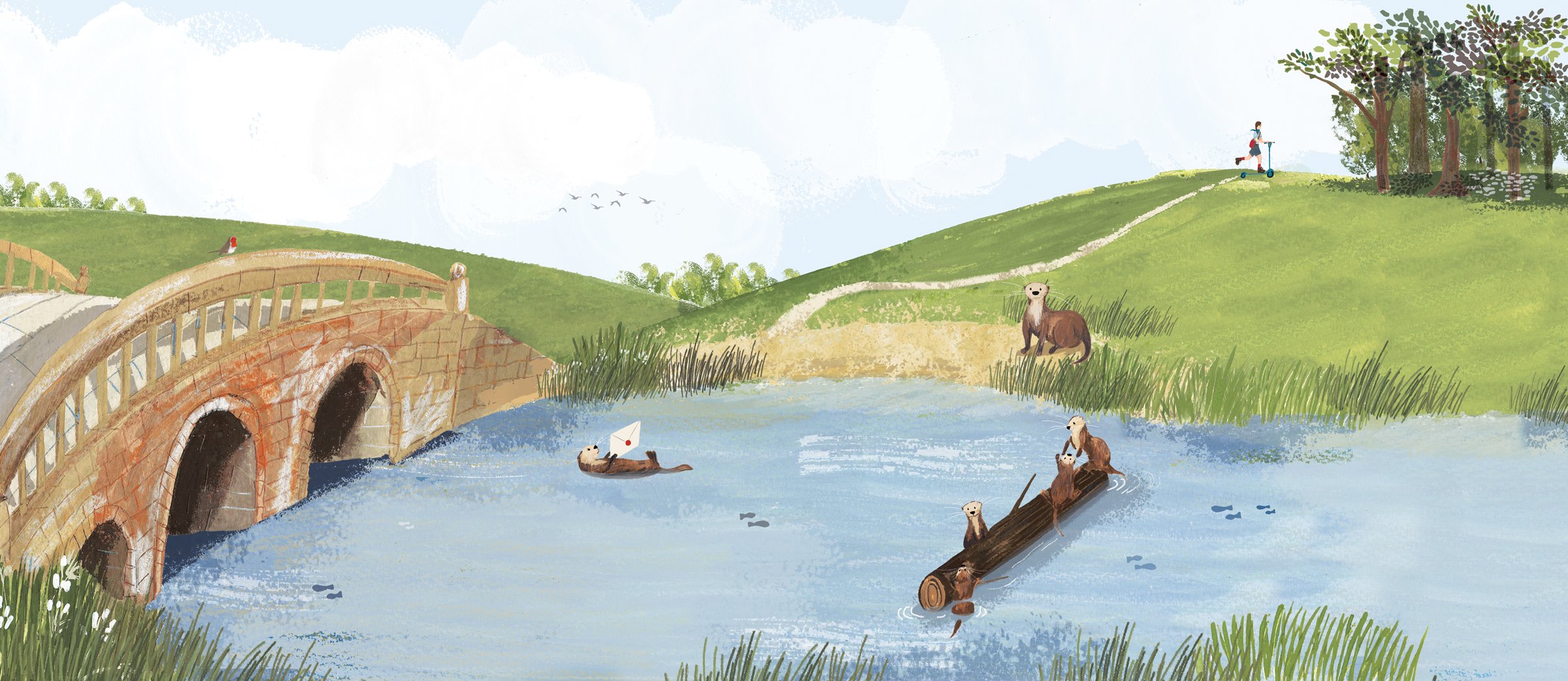All about rhyme…
The Benefits…
There are so many reasons why rhyming is simply marvellous for everyone.
For young children, rhyming supports learning, language development and communication. These skills become a platform to build on as well as allow growing readers to feel uplifted with rhythmic writing, mindfulness and practice problem solving. All of which are useful tools that will stretch far into adulthood.
♫
Recognize sounds in words
♫
Expand vocabulary
♫
Learning to read
♫
developmental skills
♫
rhythm and patterns of language
♫
Develop phonological awareness and auditory skills
♫
nurture strong bonds between educators, parents, and children
♫
♫ Recognize sounds in words ♫ Expand vocabulary ♫ Learning to read ♫ developmental skills ♫ rhythm and patterns of language ♫ Develop phonological awareness and auditory skills ♫ nurture strong bonds between educators, parents, and children ♫
babies & Toddlers
Age 0 - 3 Years
When a baby hears spoken language, it is heard as a string of meaningless sounds. These sounds must be broken down into segments (or words) in order to develop a level of understanding. Babies also have sensitivity to speech rhythm and the length of those sounds. These patterns, rhythms and beats within words make them recognisable.
Each word is made up of one or more syllables and has at least one ‘stressed’ syllable. This means that the length of this sound is longer or the pitch of sound is higher, than other syllables within the same word. At around 1 year old, toddlers will have already developed a sense of different words from repetition of the same sounds. With over 90% of 2 syllable words starting with a stressed syllable, short 1 and 2 syllable words act as a cue for babies and toddlers to recognise the start of a new word. This allows them to start building communication skills and language development.
Pre-school
Age 3 - 4 Years
Once toddlers have grasped a foundation of short words, they embark on a journey to build their vocabulary and build a true understanding of language.
Learning language is an exponential task, and rhyme can support a child's development. Some of the benefits include:
Words that rhyme help children recognise sounds in words.
When children hear or see rhyming words, they start to form connections between common sounds and common letters.
The trends and patterns associated to different words allows children to see different variations of word use and the context they have been used in.
Rhyming words are also a useful tool for supporting a child who is learning to read and instil confidence.
little learners
Age 5 - 6 Years
One of the most enjoyable parts of sharing stories and books with children during their early years, is the natural interaction they brings. Once introduced to rhymes and pictures, children are seen to actively choose these books over others. Children use the rhythm and rhyme of stressed and non stressed words to memorise predictable patterns of which they can identify at another time.
For instance, reading a story with a chorus that is repeated, allows it to become memorable and for a child to predict what may happen next. This ability to predict and relate to text can be an exciting activity for children and adults alike as it stimulates engagement whilst exploring new words and phrases. In particular, rhyming picture books boost connections and present a visual of the message or subject that is being rhymed.
Rhymes & Picture Books in the early years
Age 7+ Years
By age 7, children’s minds are truly flourishing as they increase their interaction with different people, environments and engage in new activities. At this age, increasing vocabulary helps children develop in a broad spectrum of ways such as continuous learning and expressing themselves. Learning new words through rhyme affiliations strengthens reading and writing skills. Some of the benefits of rhyming include:
Encourages creativity and playfulness: Rhyming allows children to experiment with language, to include playing with sounds and finding ‘near rhymes’ and create their own whimsical combinations.
Wonderfully silly and memorable: Rhymes often involve playful tales and stories that encourage the release of feel good hormones. Serotonin plays a crucial role in everyone's well-being and mood regulation.
Engagement: Rhyming can be fun and also challenging. Both encourage young minds to engage with problem solving tasks, exploring new language and having fun along the way.
Find out more on Alice the Palace Postwoman’s rhyming quests that encourage little readers to begin their own journeys whilst embracing and celebrating words and language.


